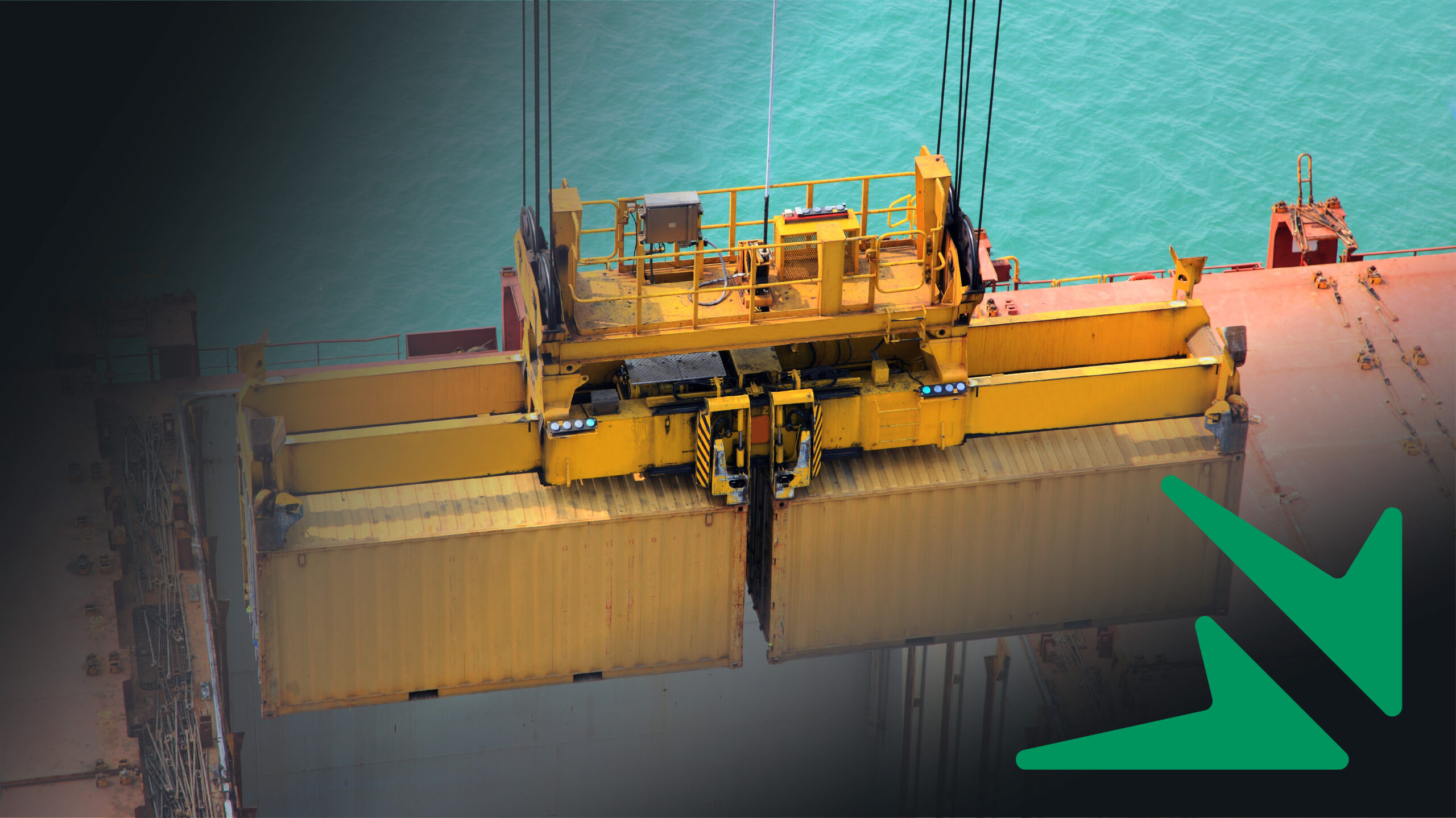Overview of Container Handling Equipment
Container handling equipment is indispensable for the efficient and safe transportation, storage, and delivery of containers worldwide. These specialized tools and machinery play a crucial role in the global logistics chain, facilitating international trade by ensuring that containers are moved swiftly and securely.
The standardization of containers has been a revolutionary force in the transportation industry. By adopting uniform container sizes and designs, the logistics process has become more streamlined, reducing potential damages and enhancing the safety of goods during transit. This standardization has also expedited international shipping, significantly contributing to the expansion of global markets.
At the core of this system are a variety of specialized machines, each engineered for specific tasks. From the massive cranes that load and unload cargo vessels to the forklifts that maneuver containers within warehouses, these machines ensure precision and efficiency in the global supply chain.
The Evolution of Container Handling Equipment
The intermodal container, often referred to as a shipping container or ISO container, is a large, standardized unit designed for intermodal freight transport. The advent of these standardized containers has dramatically transformed global trade and transportation.
The evolution of container handling equipment is closely linked to the changing dynamics of global trade. Before the standardization of containers, cargo was typically shipped using various methods, such as crates, barrels, and drums—a process known as “bulk cargo” handling. This method was labor-intensive and prone to inefficiencies.
This paradigm shifted with the introduction of modern standardized containers by Malcolm McLean in the mid-20th century. The innovation of containerization revolutionized cargo transport, enabling easy loading onto ships, trucks, and trains without the need for repacking. This not only increased the efficiency and speed of transportation processes but also reduced costs significantly.
In response to the growing volumes of containerized cargo, there was a corresponding development of specialized equipment such as ship-to-shore cranes, mobile harbor cranes, and gantry cranes. These advancements have significantly enhanced the capacity and scale of containerized cargo operations, making them more efficient and cost-effective.
Types of Container Handling Equipment
Container handling operations involve a wide range of specialized tools and machinery, each designed for a specific function. These equipment types often utilize mechanisms such as spreaders and twist locks, which engage with the corners of containers to ensure secure handling. Below is an overview of the essential equipment used in ports and terminal areas:
Ship-to-Shore Cranes (STS)
Ship-to-shore cranes, also known as quay cranes, are essential for the loading and unloading of containers from ships. These towering structures, usually installed at container ports, are designed to quickly and efficiently transfer containers between vessels and the shore. Equipped with rail systems, STS cranes can move along the quayside, offering unparalleled flexibility during loading and unloading operations.
Technical Specifications:
- Lifting Capacity: Typically ranges from 40 to 80 tons.
- Hoisting Speed: Varies from 50 to 150 meters per minute.
- Horizontal Reach: Up to 70 meters.
Mobile Harbor Cranes (MHC)
Mobile harbor cranes are versatile and highly mobile, making them ideal for handling both containerized and bulk cargo. These cranes can quickly relocate within the port area, adapting to varying operational demands. Their flexibility and ease of movement make them indispensable for ports with fluctuating cargo volumes.
Technical Specifications:
- Lifting Capacity: Can handle up to 200 tons.
- Working Radius: Extends up to 60 meters.
- Travel Speed: Approximately 20 meters per minute.
Rubber-Tyred Gantry Cranes (RTG)
Rubber-tyred gantry cranes are essential for container terminals, providing mobility within container yards. These cranes operate on rubber wheels, enabling them to maneuver efficiently between stacks of containers. RTGs are instrumental in optimizing storage space by facilitating the vertical stacking of containers.
Technical Specifications:
- Lifting Capacity: Typically around 40 to 50 tons.
- Hoisting Height: Up to 18 meters (six containers high).
- Travel Speed: About 100 meters per minute.
Rail-Mounted Gantry Cranes (RMG)
Rail-mounted gantry cranes are designed for high-efficiency stacking operations. Unlike RTGs, RMG cranes operate on fixed rails, making them ideal for ports with high container volumes. The transition from flexible RTGs to fixed RMG systems reflects the growing need for efficiency in modern container terminals.
Technical Specifications:
- Lifting Capacity: Typically up to 65 tons.
- Span: Can range from 30 to 50 meters.
- Hoisting Speed: Up to 40 meters per minute.
Reach Stackers (RS)
Reach stackers are used for stacking and moving containers over short distances within ports and container yards. These vehicles can handle containers at various heights and are commonly used for loading, unloading, and stacking containers in storage areas.
Technical Specifications:
- Lifting Capacity: Up to 45 tons in the first row, decreasing with distance.
- Stacking Height: Up to 5 containers high.
- Travel Speed: Approximately 25 km/h.
Terminal Tractors (TT)
Terminal tractors, also known as tow trucks or yard trucks, are used to transport containers within the port area. These vehicles are designed to move containers efficiently from the ship to the storage yard or to different locations within the terminal. Equipped with specially designed trailers, they ensure the safe and swift movement of containers.
Technical Specifications:
- Load Capacity: Generally up to 65 tons.
- Engine Power: Ranges from 150 to 300 kW.
- Maximum Speed: Typically around 40 km/h.
Conclusion
The diversity and specialization of container handling equipment are fundamental to the efficiency and reliability of global logistics. Each piece of equipment, from the towering ship-to-shore cranes to the versatile mobile harbor cranes, plays a vital role in ensuring that containers are transported safely, quickly, and efficiently. As global trade continues to evolve, so too will the technologies and machinery that underpin the container handling industry, driving further advancements in international shipping and commerce.
Ministry of Transport and Infrastructure, Republic of Turkey.

